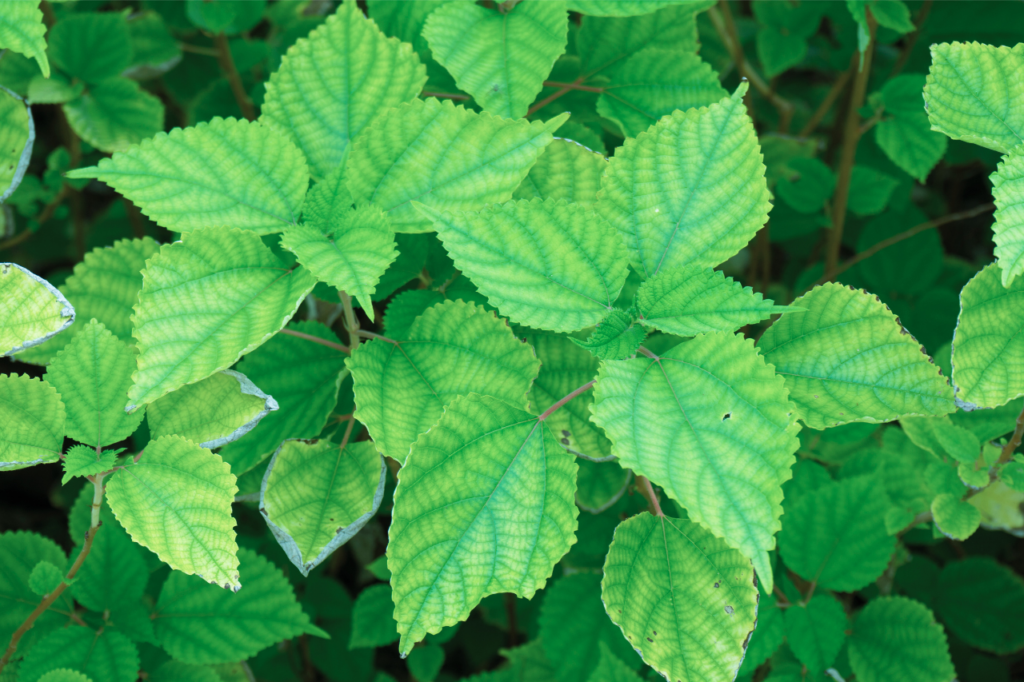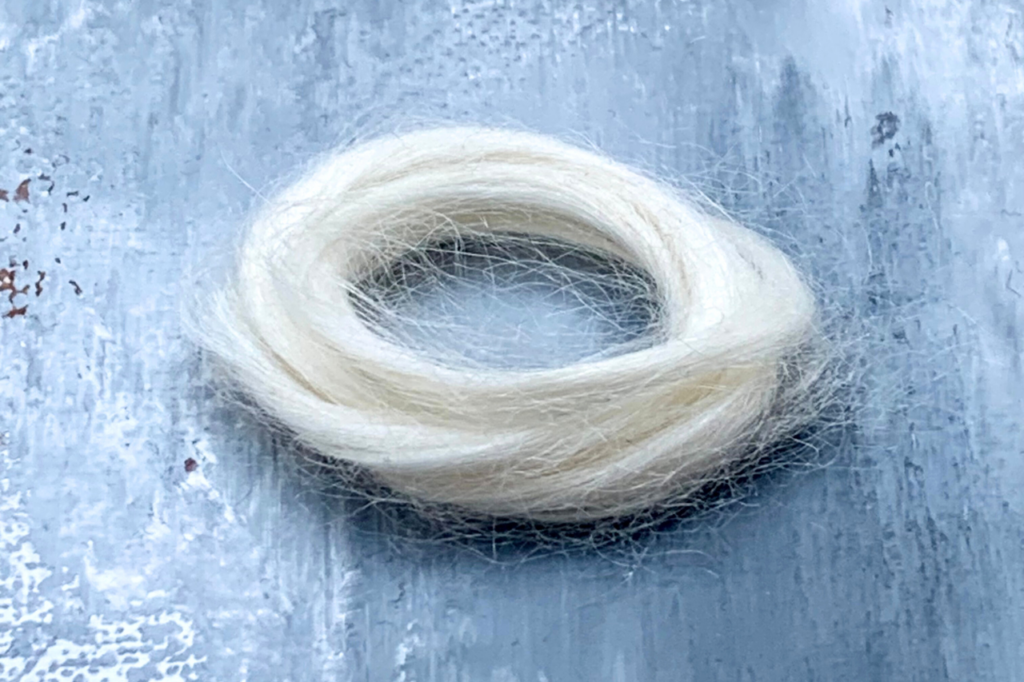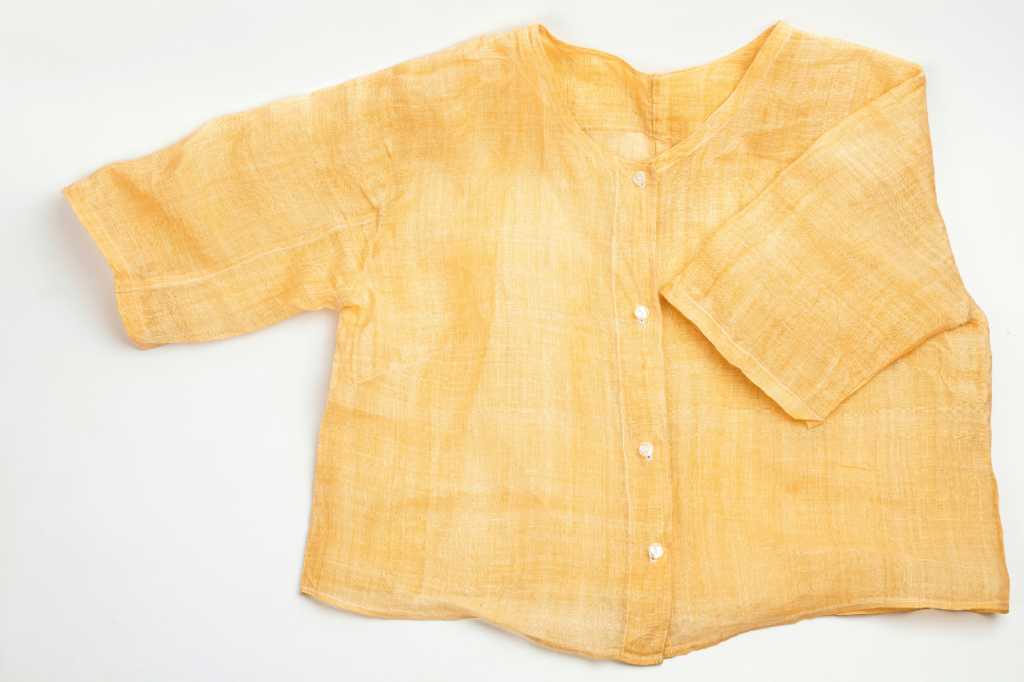
Rami, or Chinese grass as we also call it, is a stalked fibre originating from China and East Asia. It belongs to the nettle family and resembles common nettle, but lacks the burning hairs on the leaves. Rami is one of the oldest fibres cultivated for textile production and has grown for over 7 000 years. For example, they used it in mummy cloth, which was then called Chinese linen.
The fibres are stalk or bast fibres, which are the supporting tissue of plants. They are similar to linen and are partly processed in the same way as flax to produce textiles. The main difference is that mechanical processing of the stems is required to remove the woody substances surrounding the bast fibres. Chemicals are also often needed to remove rubber-like substances from the stalk because ramie pectins (polysaccharides) are more difficult to degrade than other bast fibres such as flax, jute and hemp.

The ramie fibres are white with a silky sheen and are one of the strongest natural fibres, becoming even stronger when wet. Ramie fabrics are somewhat stiff but soften with age and washing. They can withstand high temperatures, do not wrinkle as easily as linen and hold their shape well. They have high absorbency and breathe well, making them suitable for hot and humid weather. However, the fabrics are prone to static and may slightly shrink when washed. It’s often blended with other fibres, such as cotton, wool or polyester, to improve its elasticity.
Ramie is used in various products, including trousers, dresses, tunics, aprons, cushions, and curtains. We also use it to make yarn, string, rope, and nets. Additionally, the short leftover fibres are used in items like banknotes.
Ramie can also serve as a raw cellulose material for viscose and lyocell.


Challenges & Environmental Impact
The plant is naturally antibacterial and resistant to mould, rot and insects so that it can be grown without pesticides. It can also be harvested several times a year, resulting in higher yields, and does not require as much water; in some places, rainwater is sufficient. Shorter and discarded fibres can be used, for example, in papermaking, reducing waste in production.
The extraction of the fibres from the stalk can be chemically intensive, especially in large-scale production. As the gum-like substances in ramie are not water-soluble, alkaline solvents such as caustic soda are usually used to remove these substances. Producers use acids, like acetic or sulfuric acid, to remove alkali residues. They treat the fibres with softening chemicals, using about 35 kg for every 100 kg of raw ramie fibre. This process yields 60 kg of clean fibre, meaning nearly as much chemical is used as the weight of the plant material removed.
There are more environmentally friendly ways of removing the rubber-like substances, such as using enzymes and microorganisms. However, these methods are slower and are therefore not prioritised in large-scale production.
Sources
Britannica – Ramie plant ![]()
Broad in the seams – All about Ramie ![]()
Wikipedia – Ramie ![]()
Fashionary – Textilipedia ![]()
Impactful Ninja – How Sustainable Are Ramie Fabrics? ![]()
November 2024, TÄNKOM | Revised November 2024, RETHINK



